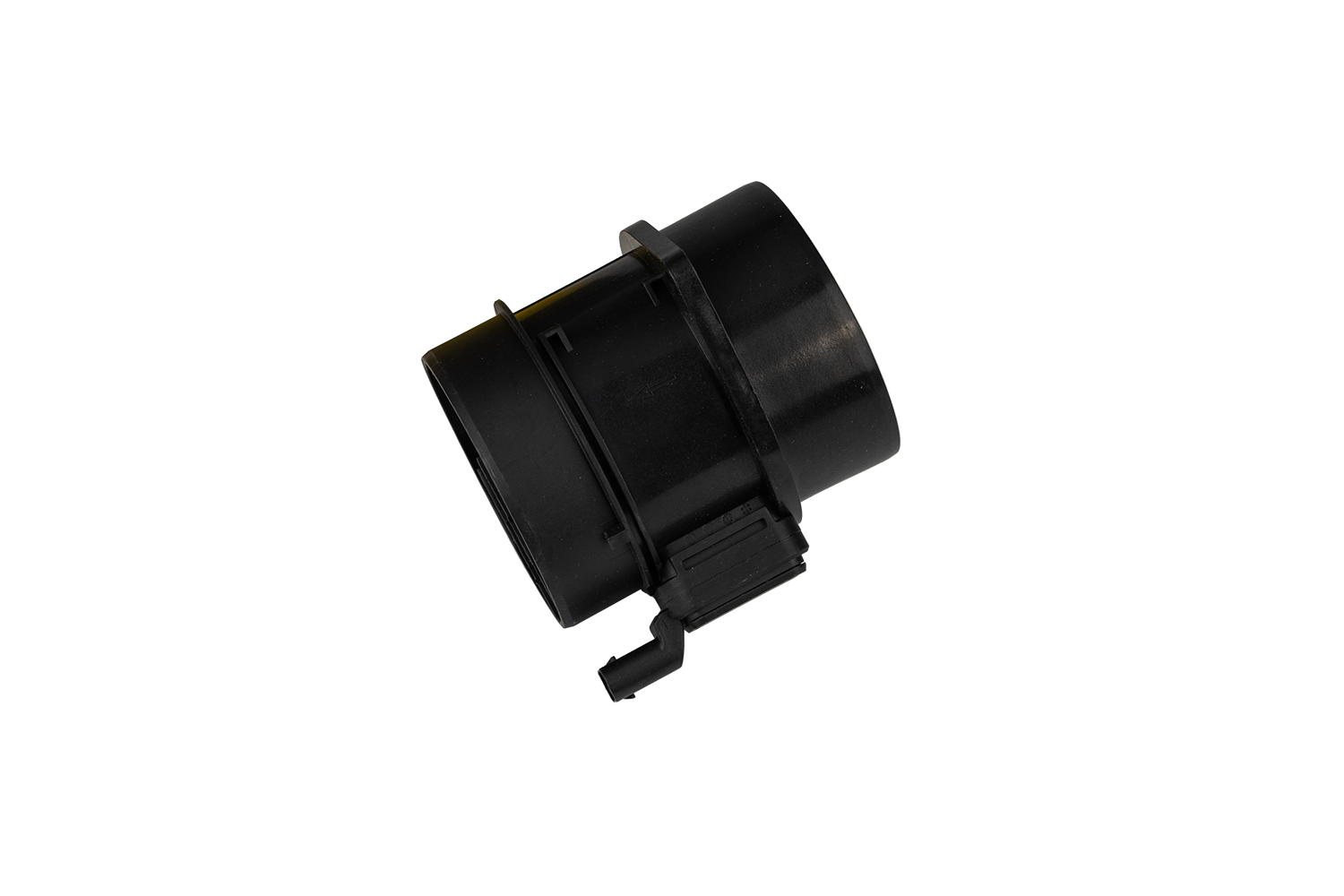The Critical Role of Air Flow Intake Sensor in Modern Vehicles
2025-08-14
The air flow intake sensor has become an essential component in modern automotive technology, playing a critical role in ensuring engine efficiency and performance. This sensor measures the amount of air entering the engine’s intake system and sends this data to the engine control unit (ECU). By accurately assessing the volume and density of incoming air, the air flow intake sensor allows the ECU to optimize the fuel injection system for better combustion.
In today’s vehicles, efficiency and emission control are more important than ever. The air flow intake sensor directly impacts fuel economy because it ensures the right air-fuel ratio at all times. When the air flow intake sensor functions correctly, it helps engines run smoothly, reduces fuel consumption, and minimizes harmful emissions such as carbon monoxide and nitrogen oxides. On the other hand, a malfunctioning or dirty air flow intake sensor can cause poor acceleration, rough idling, and higher fuel consumption, ultimately affecting the overall performance and reliability of the vehicle.
Modern engines rely heavily on electronic control systems, and the air flow intake sensor is central to these systems. The sensor can be designed as a hot wire, vane meter, or Karman vortex type, each providing precise airflow measurements under different engine conditions. For instance, the hot wire air flow intake sensor measures the cooling effect of air passing over a heated wire, converting this data into electrical signals for the ECU. Meanwhile, vane meter sensors use mechanical movement to gauge airflow, and Karman vortex sensors detect air turbulence for highly accurate readings.

The importance of the air flow intake sensor extends beyond traditional fuel engines. In hybrid and electric vehicles with range-extending engines, accurate airflow measurement is essential to maximize efficiency and reduce energy waste. Automotive manufacturers continuously improve air flow intake sensor design to ensure faster response times, higher durability, and better integration with advanced engine control systems.
Vehicle owners are encouraged to maintain their air flow intake sensors properly. Regular inspection and cleaning prevent dirt and debris from obstructing airflow measurements. Replacing a faulty air flow intake sensor in time is crucial to maintaining engine efficiency, reducing emissions, and avoiding costly repairs.
In conclusion, the air flow intake sensor is not just a minor component but a pivotal technology that bridges the gap between mechanical engine performance and digital engine management. Its precision in measuring air intake ensures optimal combustion, fuel efficiency, and reduced emissions, making it indispensable in modern automotive engineering. As engines continue to evolve, the role of the air flow intake sensor will only become more critical, shaping the future of efficient and eco-friendly transportation.
Related News







